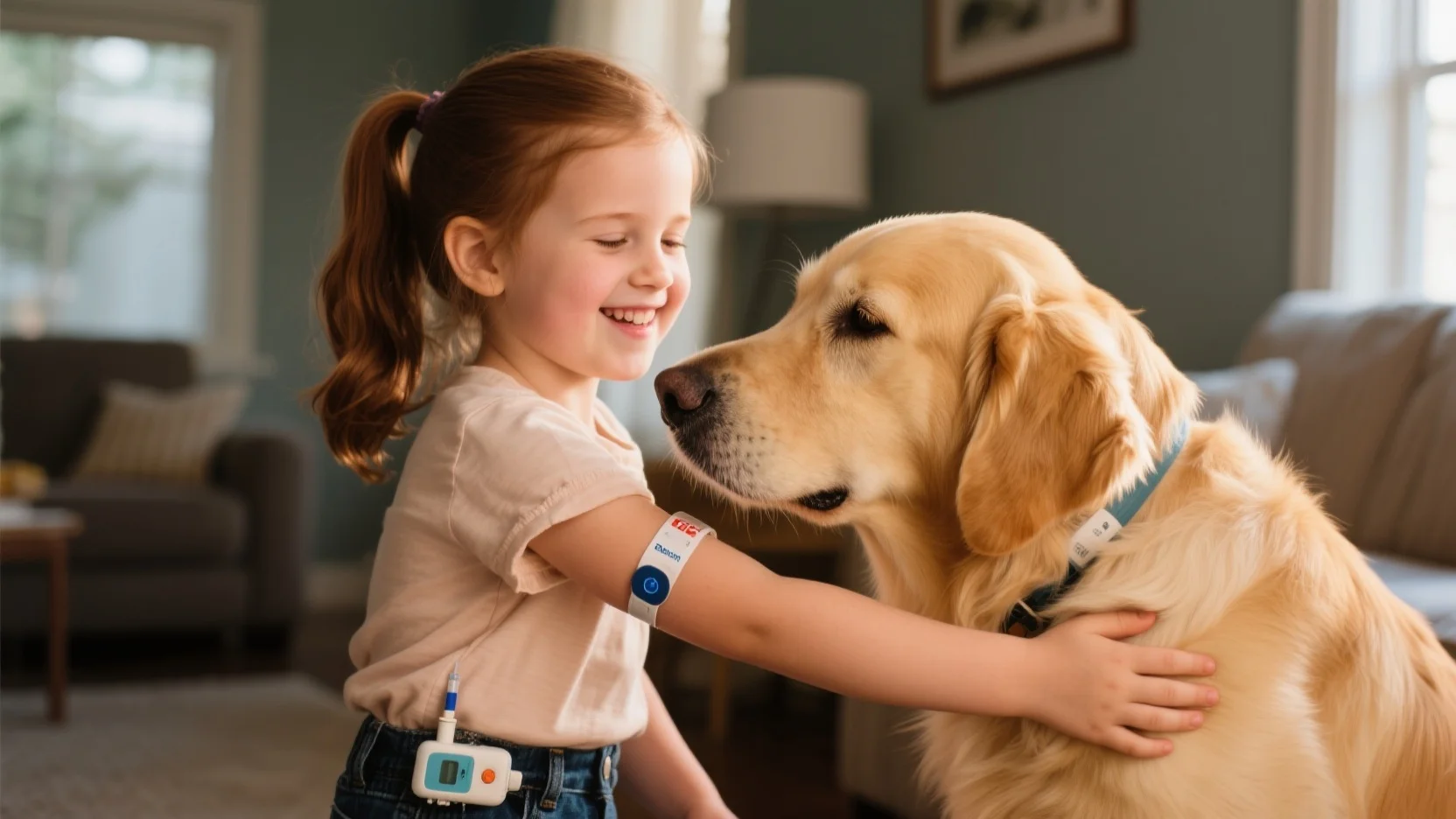When 15-month-old Maggie Sexton became unusually fussy, hungry, and soaked through multiple diapers, her mother, Emily, had no idea these were classic signs of Type 1 Diabetes (T1D). A simple urine test at the doctor’s office revealed a shocking blood sugar level of 740 mg/dL—far above the normal range of 70–120 mg/dL.
”We were terrified,” Sexton recalls. ”The doctor said, ‘This is Type 1 Diabetes. You need to get to the children’s hospital—now.’”
A Life-Threatening Emergency: Diabetic Ketoacidosis (DKA)
At the hospital, Maggie was diagnosed with diabetic ketoacidosis (DKA), a dangerous condition where the body, lacking insulin, burns fat for energy, producing toxic acids called ketones. Left untreated, DKA can be fatal.
After stabilizing Maggie, doctors gave her parents a crash course in T1D survival: syringe injections, carb counting, insulin dosing, and emergency protocols. ”We had to learn fast,” Sexton says. ”One mistake could put her life at risk.”
Building a Support System: From Isolation to Community
In those early days, Maggie’s sisters—Olivia, 14, and Ruby, 11—stepped up to help. Extended family members attended T1D education classes to better support Maggie. But Sexton knew her daughter needed more: a community of kids who understood her struggle.
She turned to Facebook groups, where she found late-night solidarity with other T1D parents. One game-changing tip? A Dexcom continuous glucose monitor (CGM), which tracks Maggie’s blood sugar every five minutes and alerts her parents’ phones—freeing them from constant finger-prick checks.
A Furry Guardian: Filly, the Diabetes Alert Dog
Enter Filly, a golden retriever trained to detect Maggie’s blood sugar highs and lows—sometimes even before the Dexcom. ”She’ll nudge or whine if Maggie’s levels are off,” Sexton explains. Training a diabetes alert dog is demanding, but for this family, Filly is worth every effort.
By age two, Maggie was already teaching others—like a nervous 14-year-old newly diagnosed with T1D—how to use an insulin pump. ”Maggie showed her how it’s done,” Sexton says proudly.
A Brave 5-Year-Old’s Legacy
Today, Maggie’s social media posts—showing her confidently checking her CGM or giving herself insulin—inspire other families. ”Parents tell us she gives them hope,” Sexton says.
T1D still brings challenges, but Maggie’s resilience shines. ”She’s never known life without diabetes,” her mother reflects. ”Yet she’s tough, determined, and proof that T1D doesn’t define her.”








